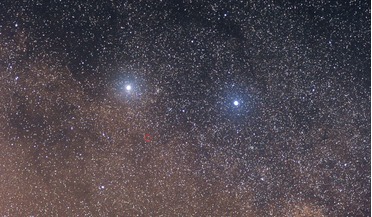 15 February 2021
Possible planet found in habitable zone around Alpha Centauri
15 February 2021
Possible planet found in habitable zone around Alpha Centauri
... are possible. We believe that with further improvements we’ll soon be able to directly image any smaller, possibly Earth-like planets orbit in Alpha Centauri’s habitable zones,” Wagner says via Twitter. These results have been published as part...
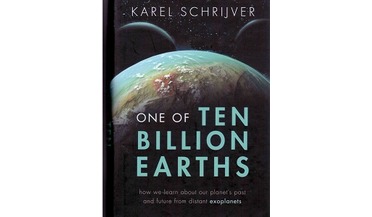 01 August 2019
One of Ten Billion Earths
01 August 2019
One of Ten Billion Earths
...sextillion planetary systems (that’s 100 followed by 21 noughts!). According to the author, “Earth is estimated to be one of several billion Earth-like planets in the Galaxy orbiting within a distance from their stars at which water, if it is present...
 October 2015
Finding Earth-like worlds: the tale of how Kepler-452b was discovered
October 2015
Finding Earth-like worlds: the tale of how Kepler-452b was discovered
.... The hardest question was whether this is the most Earth-like planet we’ve found to date. In many respects it is but, at about 1.6 earth radii, it’s no Earth twin. Even if it were 1.0 Earth radii, we wouldn’t know whether it has or had an ocean and...
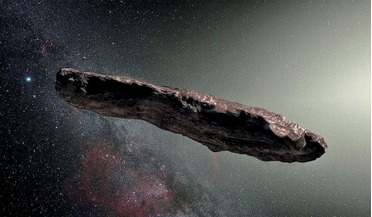 June 2018
Cosmic communications and the anthropology of outer space
June 2018
Cosmic communications and the anthropology of outer space
..., the team is using telescope time to survey the Galactic Plane where stars, and hopefully orbiting Earth-like planets, cluster. SETI searches generate staggering amounts of data that have to be stored and processed and David MacMahon, ...
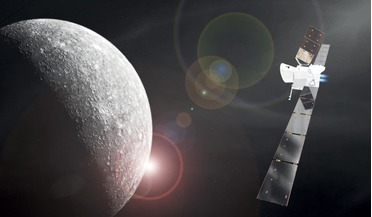 November 2018
BepiColombo – a mission to explore Mercury
November 2018
BepiColombo – a mission to explore Mercury
... provide important clues on the origin and formation of rocky planets and help to answer fundamental questions like how Earth-like planets form and evolve in the Universe. Unlike on Earth and Venus, very few features on Mercury are clearly related...
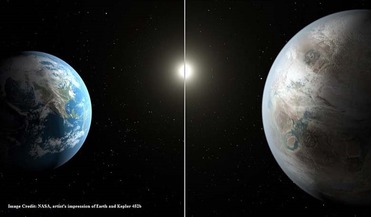 23 July 2015
Exoplanet Kepler 452b and what the search for a real life “Another Earth” means for human self-perception
23 July 2015
Exoplanet Kepler 452b and what the search for a real life “Another Earth” means for human self-perception
The most Earth-like exoplanet yet may have a lot to teach us…about ourselves. ...day existence obscure the fundamental facts of how stars and solar systems and Earth-like planets are formed. The reality of outer space is radically separated from our ...